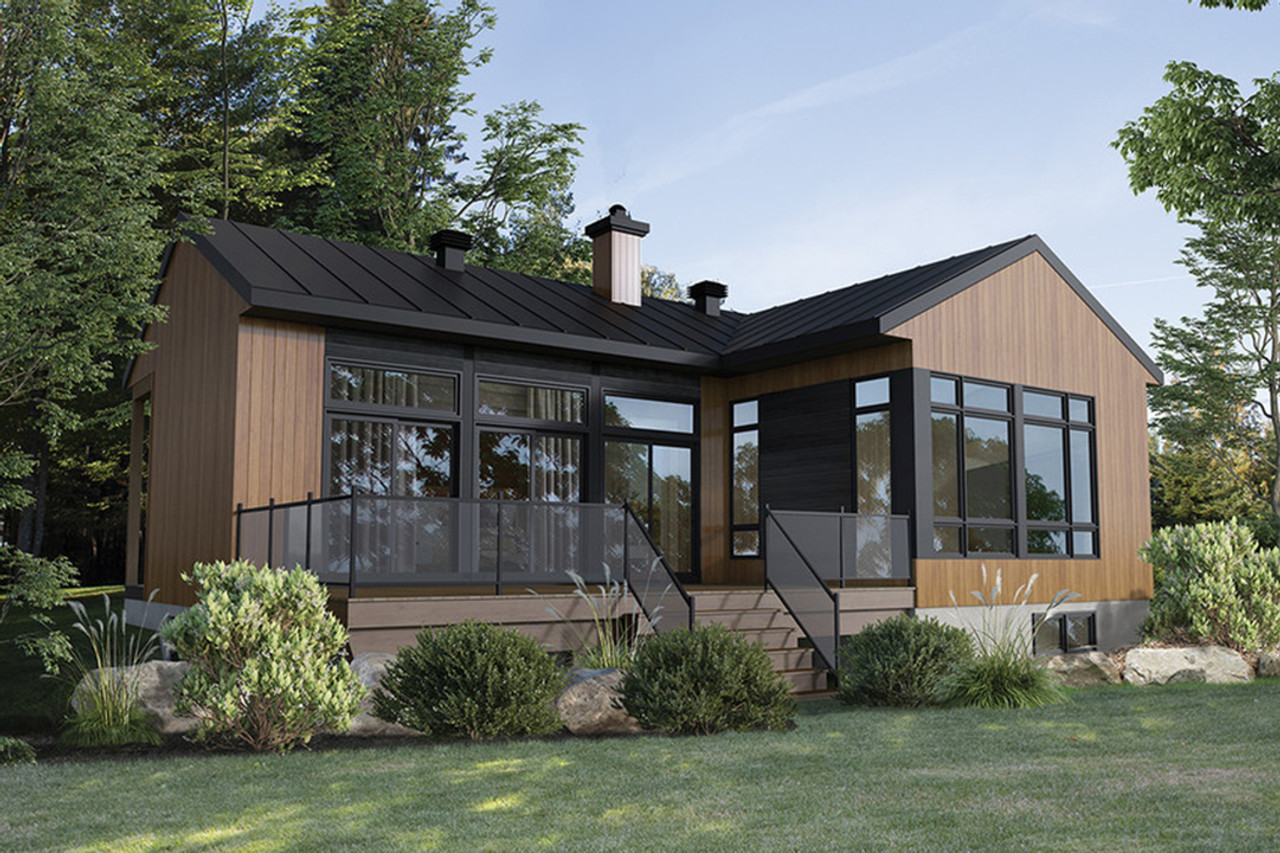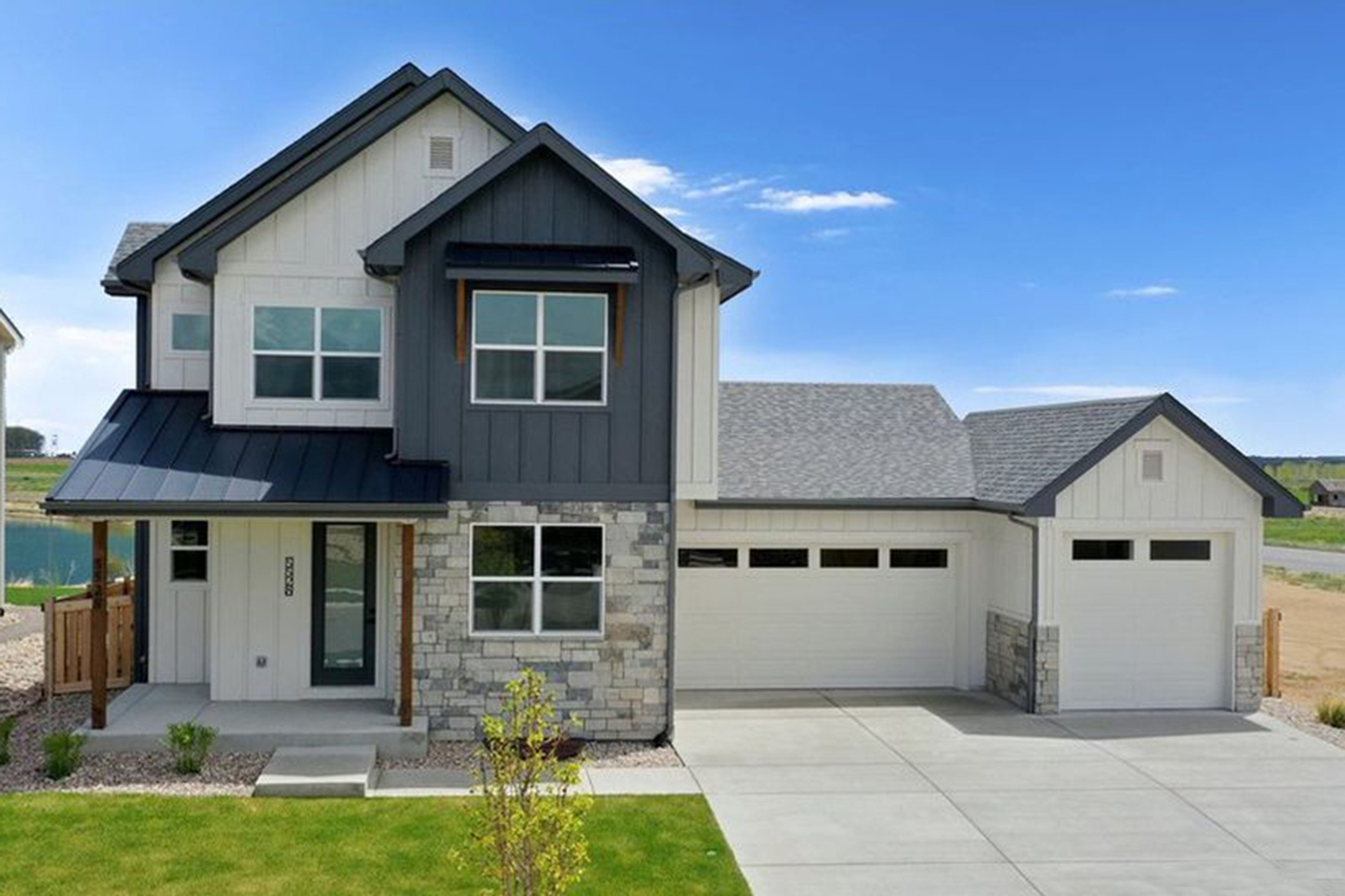The architectural style of Scandinavian house plans is renowned for its minimalist design, functionality, and connection to nature, and has captured the imagination of homeowners and architects around the world. Originating from the Nordic countries of Sweden, Norway, Finland, Denmark, and Iceland, this style embraces simplicity, clean lines, and a harmonious blend of form and function. This article explores the unique characteristics of Scandinavian house plans, delves into their historical roots, and highlights the current trends shaping this architectural style.
Historical Roots and Design Principles:
Scandinavian house plan architecture has deep historical roots, dating back to the early 20th century. Influenced by the modernist movement, renowned architects such as Alvar Aalto, Arne Jacobsen, and Erik Gunnar Asplund pioneered this design style. They sought to create homes that were integrated with nature, utilized natural materials, and emphasized functionality. The design principles of Scandinavian house plans can be summarized as follows:
- 1.Simplicity and Minimalism: Scandinavian architecture embraces minimalism, eliminating unnecessary ornamentation and focusing on essential elements. The emphasis is on clean lines, uncluttered spaces, and a sense of openness.
- 2.Connection to Nature: Inspired by the stunning landscapes of the Nordic region, Scandinavian homes aim to bring nature indoors. Large windows, natural light, and strategic placement of rooms maximize views and create a seamless transition between the interior and exterior spaces.
- 3.Functionality and Practicality: Scandinavian design prioritizes functionality, with a focus on efficient use of space. Every element serves a purpose, and storage solutions are seamlessly integrated into the design.
- 4.Natural Materials: Wood is a key element in Scandinavian architecture, reflecting the abundance of forests in the region. The use of exposed wooden beams, floors, and paneling creates warmth and a sense of coziness. Other natural materials, such as stone and brick, are also incorporated for texture and visual interest.
- 5.
Current Trends in Modern Scandinavian House Plan Architecture:
While the fundamental principles of Scandinavian home plans remain unchanged, there are several notable trends shaping the style in contemporary architecture:
- 1.Sustainable Design: With an increased focus on environmental consciousness, Scandinavian house plans are embracing sustainable design practices. From energy-efficient systems to the use of eco-friendly materials, homeowners and architects are incorporating sustainable elements to reduce their carbon footprint.
- 2.Warmth and Texture: While Scandinavian design is often associated with a white and minimalist aesthetic, current trends include the introduction of warmer tones and textures. Earthy colors, such as warm grays, muted greens, and soft blues, are being used to create a cozy atmosphere. Textured surfaces, such as exposed brick or stone walls, add depth and character to the spaces.
- 3.Integration of Technology: As technology advances, Scandinavian house plans are incorporating smart home features. From automated lighting systems to integrated sound systems, these homes seamlessly blend technology with the minimalist aesthetic, enhancing comfort and convenience.
- 4.Flexibility and Multi-Functional Spaces: With changing lifestyles and the need for adaptable spaces, Scandinavian house plans are incorporating flexible design elements. Open floor plans allow for easy flow between spaces, while movable partitions and furniture enable homeowners to transform rooms based on their needs.
- 5.Contemporary Interiors: While the exterior of Scandinavian homes maintains a traditional look, contemporary interiors are becoming more popular. Designers are incorporating modern furniture, sleek finishes, and statement lighting to create a harmonious blend of old and new.
- 6.Emphasis on Hygge: Hygge, a Danish term representing coziness, comfort, and well-being, has become a key aspect of contemporary Scandinavian house plans. Homeowners are seeking to create spaces that evoke a sense of hygge through soft textiles, warm lighting, and cozy nooks. This focus on creating a cozy and inviting atmosphere promotes relaxation and contentment within the home.
- 7.Indoor-Outdoor Living: Scandinavian house plans place a strong emphasis on connecting the interior living spaces with the outdoors. Expansive windows, sliding doors, and outdoor living areas enable residents to enjoy the beauty of nature and maximize natural light intake. Patios, decks, and balconies provide spaces for relaxation, socializing, and appreciating the surrounding environment.
Scandinavian house plans continue to evolve while staying true to its core principles of simplicity, functionality, and connection to nature. The current trends in Scandinavian architecture embrace sustainability, warmth, technology integration, and flexible living spaces. Whether in a rural or urban setting, these homes provide a sanctuary of tranquility and timeless elegance. By blending the past with the present, Scandinavian house plans create spaces that effortlessly combine functionality, aesthetics, and the pursuit of hygge, resulting in homes that are both visually stunning and genuinely livable.



